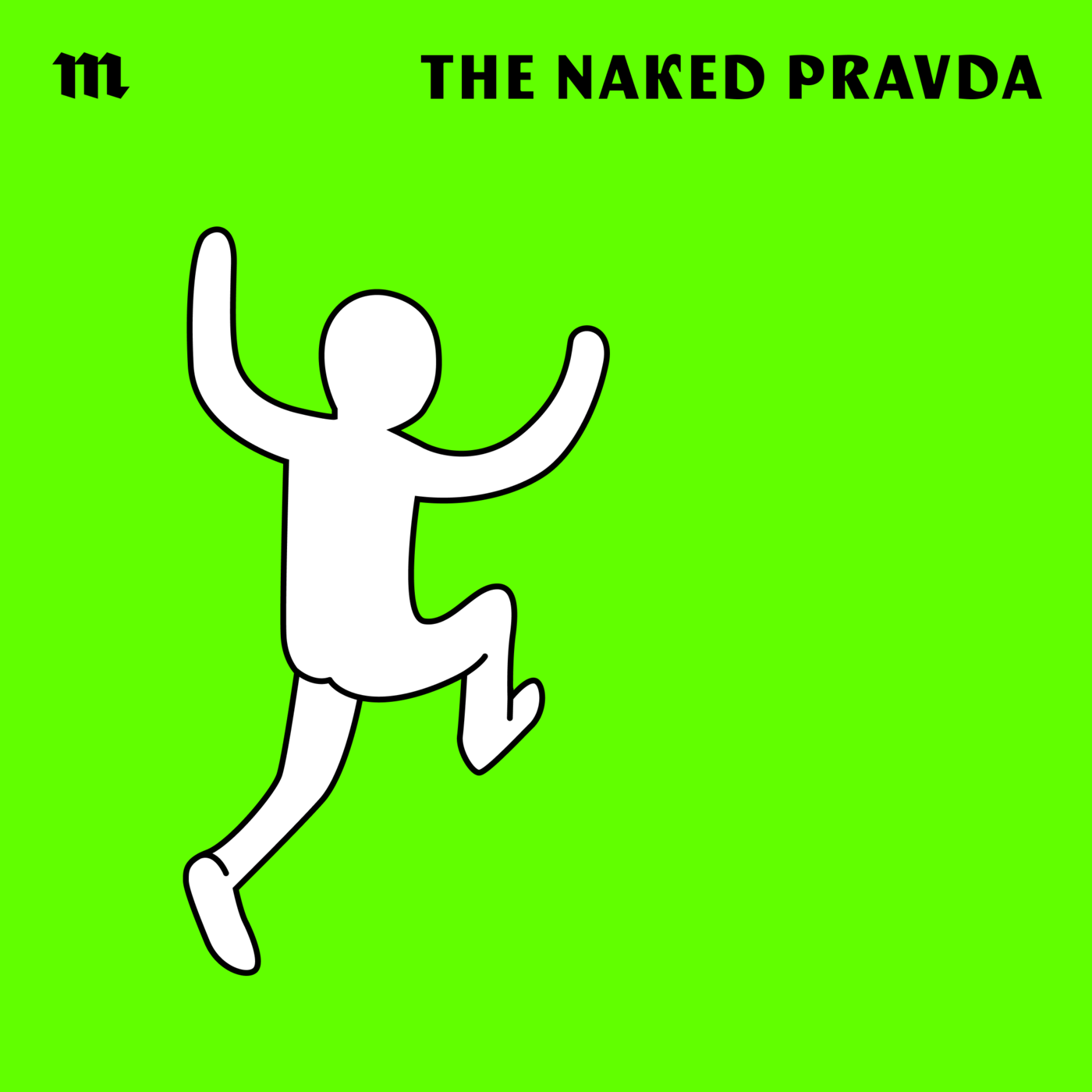
Russia's history of terrorism

The Naked Pravda
Shownotes Transcript
Throughout its full-scale invasion of Ukraine, Moscow has repeatedly and regularly carried out attacks where it’s either tolerated civilian casualties as acceptable collateral damage or even embraced indiscriminate tactics deliberately. Considered alongside what’s happening domestically in Russia, where political repressions underway for years already suddenly escalated to something approaching martial law, it’s fair to say that state terrorism is a key component in the Kremlin’s war policy today.
But the Putin regime doesn’t have a monopoly on terrorist violence, as two prominent assassinations have demonstrated in the past several months. Last August, pro-invasion propagandist Daria Dugina, who’s also the daughter of Eurasianist philosopher and ideologue Alexander Dugin, died behind the wheel of a car after a bomb under the driver’s seat exploded as she drove home from a festival outside Moscow. More recently, on April 2 of this year, a pro-invasion blogger named Maxim Fomin, better known as Vladlen Tatarsky, perished at a café in St. Petersburg when a bomb hidden inside a gift exploded in his face at a speaking event.
The ideological targeting here recalls attacks in late 19th- and early 20th-century Russia, but what’s the history of terrorism as a phenomenon, as a concept, and as a word in Russia? For answers, The Naked Pravda turned to two scholars: Dr. Lynn Ellen Patyk), an associate professor at Dartmouth College and the author of Written in Blood: Revolutionary Terrorism and Russian Literary Culture, 1861–1881), and Dr. Iain Lauchlan), a senior lecturer in history at the University of Edinburgh, where he focuses particularly on the Russian Revolution and the Stalin era, and the history of intelligence, conspiracy, and espionage.
Timestamps for this episode:
-
(5:07) The origins of revolutionary terrorism in Russia
(11:03) Assassination campaigns and escalating violence into the 20th century
(19:14) Domestic terrorism vs. foreign terrorism
(20:55) Two waves of terrorism
(23:51) Studying terrorism from a literary perspective
(29:52) The role of women then and now in terrorist attacks
Как поддержать нашу редакцию — даже если вы в России и вам очень страшно)